VIT Kanpur has well equipped Civil Lab. All equipment is well calibrated and fulfill the University Norms
Building Planning & Drawing Lab
Description– Introduction to the tools and commands of drafting software. Planning and drafting of elevation and cross section of door and Window and other building components in a systematic manner so as to form a homogenous body with a comprehensive look out to meet its functional purpose.
Surveying and Geomatics Lab
Description-Surveying or land surveying is the technique, profession, art and science of determining the terrestrial or three-dimensional positions of points and the distances and angles between them.To study parts of a Vernier and electronic theodolite and measurement of horizontal and vertical angle.
Fluid Mechanics Lab
Description-It is an introductory course where flow behavior, fluid forces and analysis tools are introduced. The goals of the experiments include determination of forces generated when fluid flow takes place over a solid object, applications of the control volume approach, demonstration of the momentum and energy equations, viscosity measurement and engineering correlations. Intricate flow phenomena such as separations and transition to turbulence are demonstrated. Experimental setups such as flow through a tube, flow over a flat plate, wind tunnel, smoke tunnel and viscometer are made available to the students. The lab experiments utilize U-tube manometer and digital manometer, a hot-wire anemometer system and data acquisition.
Mini Project
Description-There is a basic requirement of students like practical knowledge and how you can use the theoretical concept to solve real construction based problem or Use that knowledge to create something new what we can use in Civil engineering.
Material Testing Lab
Description-Material testing laboratory helps for selecting and verifying materials and to evaluate material quality, performance, troubleshooting, research and many other applications.Construction Materials Testing (CMT) primarily involves testing structural materials used to build new projects from the ground up, materials and components used to construct new additions or new components being added to an existing facility. These include earthwork, shallow and deep foundations, destructive and non-destructive concrete testing, wood construction observations, structural masonry, structural steel, sprayed-on fireproofing, Exterior Insulation and Finish Systems (EIFS), roofing evaluation and testing and asphalt pavement evaluation and testing.
Solid Mechanics Lab
Description-In Solid Mechanics Laboratory, you will have the opportunity to assemble and test a variety of structural elements. You will subject them to loading, and observe and measure their behavior using both crude and relatively sophisticated instruments.Study force/displacement, stiffness behavior of structural elements.
Hydraulics & Hydraulic Machine Lab
Description-the Hydraulic Machines laboratory is equipped with a number of equipment and experimental setups to study the fundamentals and applied aspects of fluid mechanics and hydraulic machines. The setups are used for calibration of flow measuring devices such as venturi meter, orifice meter, notches, water meter, Rota meter etc. used in channels and pipes and Losses in pipes by major and minor loss apparatus. Measurements of critical Performance parameters like efficiency, flow rate etc. of various hydraulic machines such as turbines, pumps are also measured in this lab.
GEOTECHNICAL ENGINEERING LAB
Description-The student will gain hands-on experience in conducting soil laboratory tests to determine soil parameters needed for geotechnical engineering design, and to communicate this information with others. Further the laboratory involves determination of moisture content, density, plastic limit, and liquid limit, shrinkage limit, bearing capacity, grain size distribution and specific gravity of soil.
CONCRETE LAB
Description-This lab enables students to carry various experiments regarding compressive strength of concrete, tensile strength of concrete, workability test, design mix, modulus of rupture of concrete. All these experiments intended to determine the quality of concrete.
CAD LAB-1
Description-Computer Aided Drafting is a process of preparing a drawing
of an object on the screen of a computer. There are various types of drawings in different fields of engineering and sciences.In the field of civil engineering, plans and layouts of the buildings are prepared. The use of CAD process provides an enhanced graphics capability which allows any designer to conceptualize his ideas Modify the design very easily Perform animation Make design calculations Use colors, fonts and other aesthetic features
CONSTRUCTION MANAGEMENT LAB
Description-Demonstrate knowledge and understanding of the engineering and management principles and apply these to one’s own work, as a member and leader in a team, to manage projects and in multidisciplinary environments.
TRANSPORTATION ENGINEERING LAB
Description-This lab is used for research and teaching in the fields of rigid and flexible pavements and testing pavements materials and structures. Several instruments exist in the lab for conducting materials characterization tests.
ENVIRONMENTAL ENGINEERING LAB
Description-The field of environmental engineering lab is broad, but the common element is that environmental engineers investigate and solve problems at the interface between humans and their environment. Environmental engineers work to make water safe to drink, properly treat and dispose of wastes, improve air quality, promote recycling and solid waste management, and clean up contaminated air, land, and water. Environmental engineers are also increasingly addressing issues of sustainability, energy, and resource recovery. The problems tackled by environmental engineers range from local to global.
CAD LAB-2
Description- Working on Latest Version of Environmental Engineering software for Analysis and Design of water & wastewater treatment and distribution systems (WATER CAD / SEWER CAD / WATER GEM / SEWER GEM /LOOP). Working on Latest Version of Transportation Engineering software like MAX ROAD/ Surveying Software.
STRUCTURAL DETAILING LAB
Description- a Structural Detailer interprets architectural and structural engineering drawings to gain a thorough working knowledge the overall design intent of a building or structure.The engineer should provide arrangements (plans, sections & elevations) that show all of the structural elements required.
Non Destructive Testing Laboratory
Description-Nondestructive Testing (NDT) is a varied group of test and inspection processes used to detect surface and sub-surface defects or inconsistencies in test samples, without affecting the future operating performance of the inspected parts. This category of test methods is also known as NDT Testing, Non Destructive Examination and Non Destructive Evaluation.
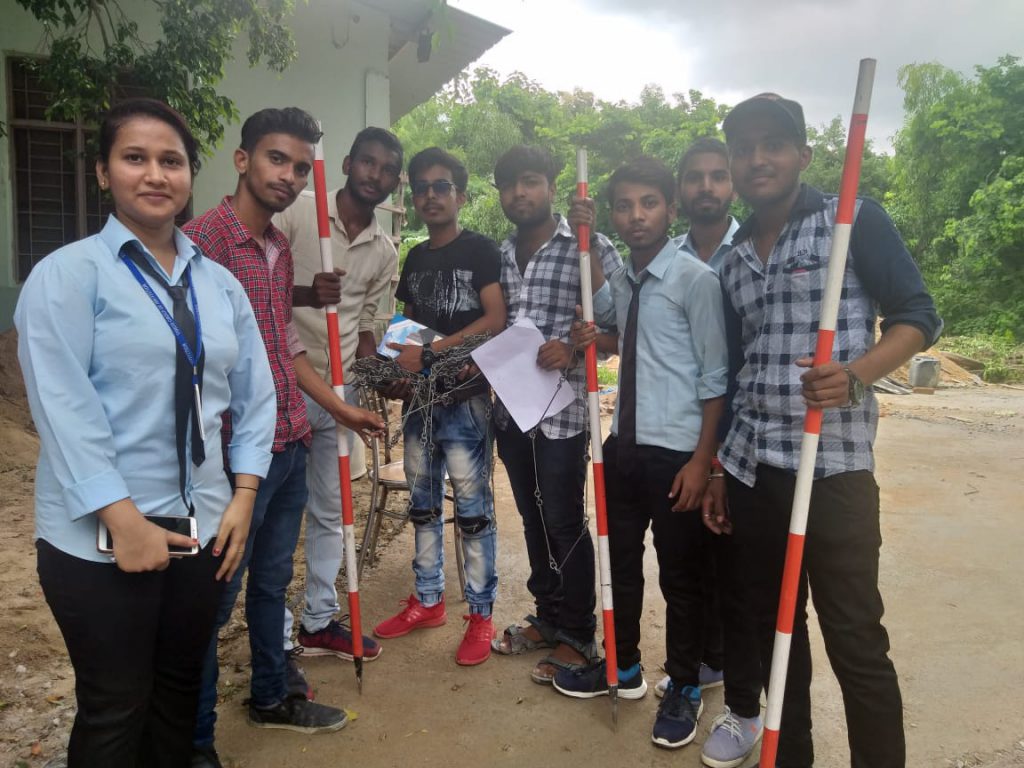
Survey Lab 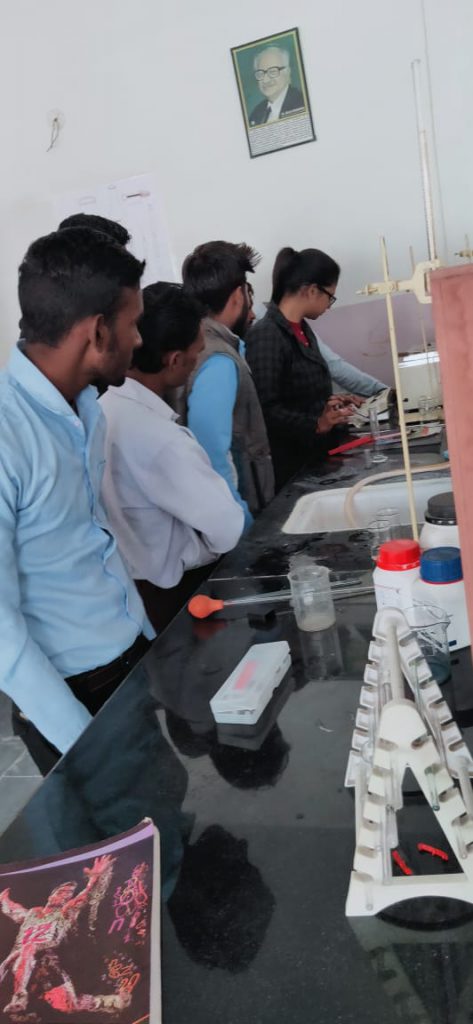
Environmental Lab 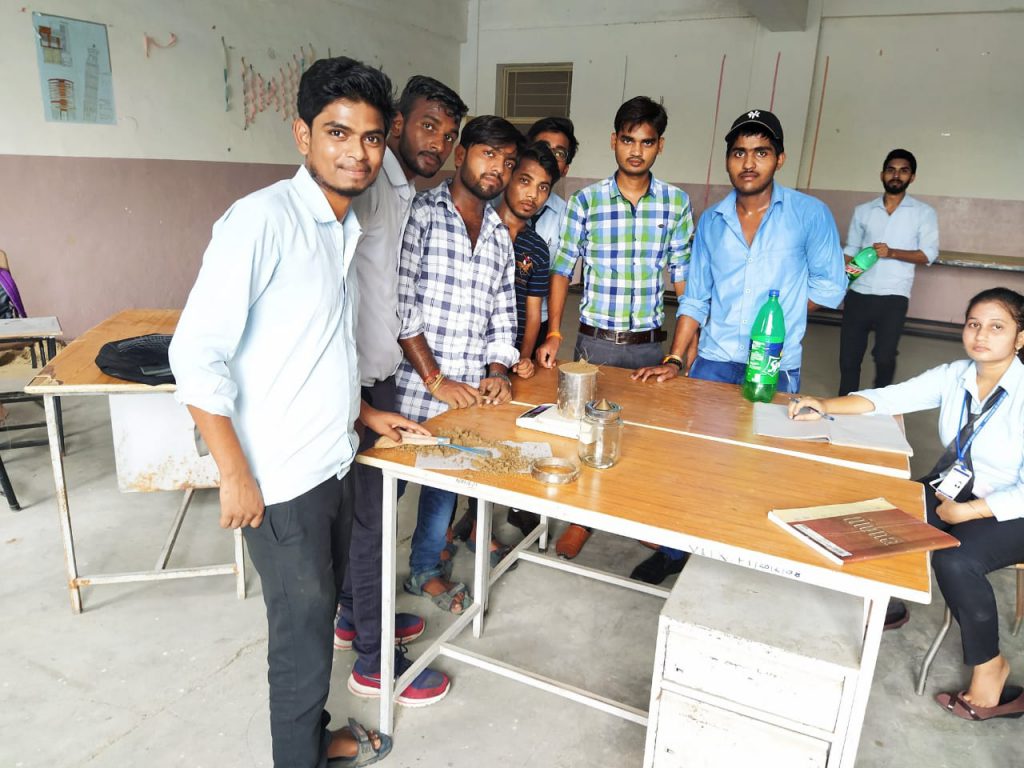
Soil Mechanics Lab 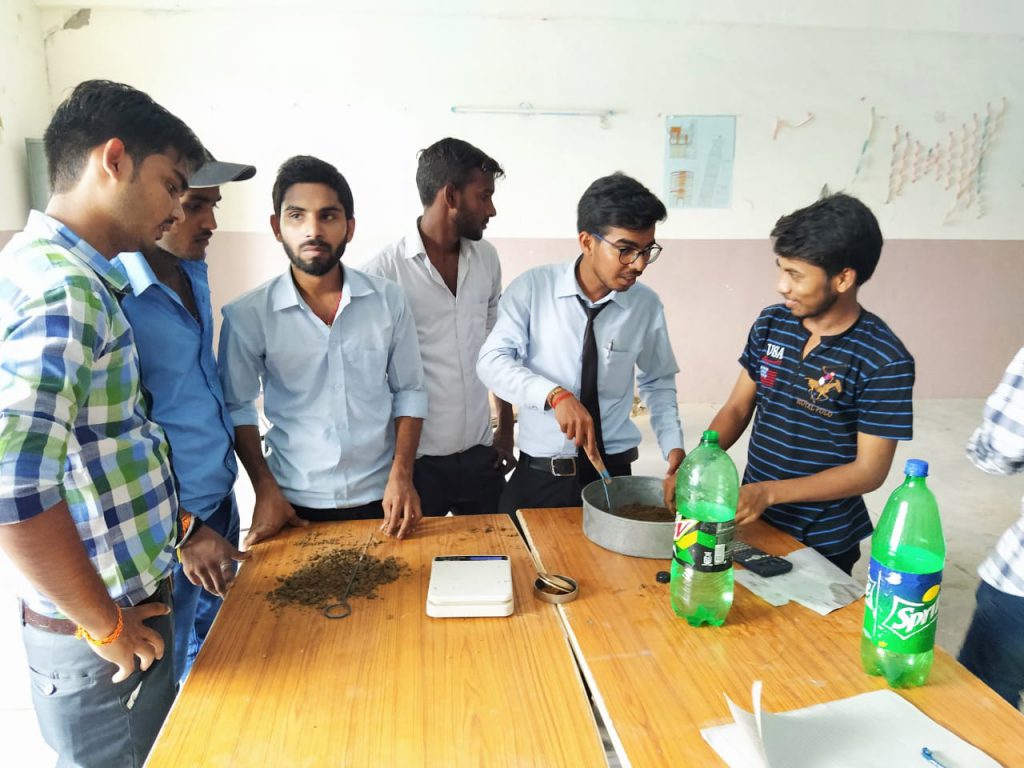
Concrete Lab 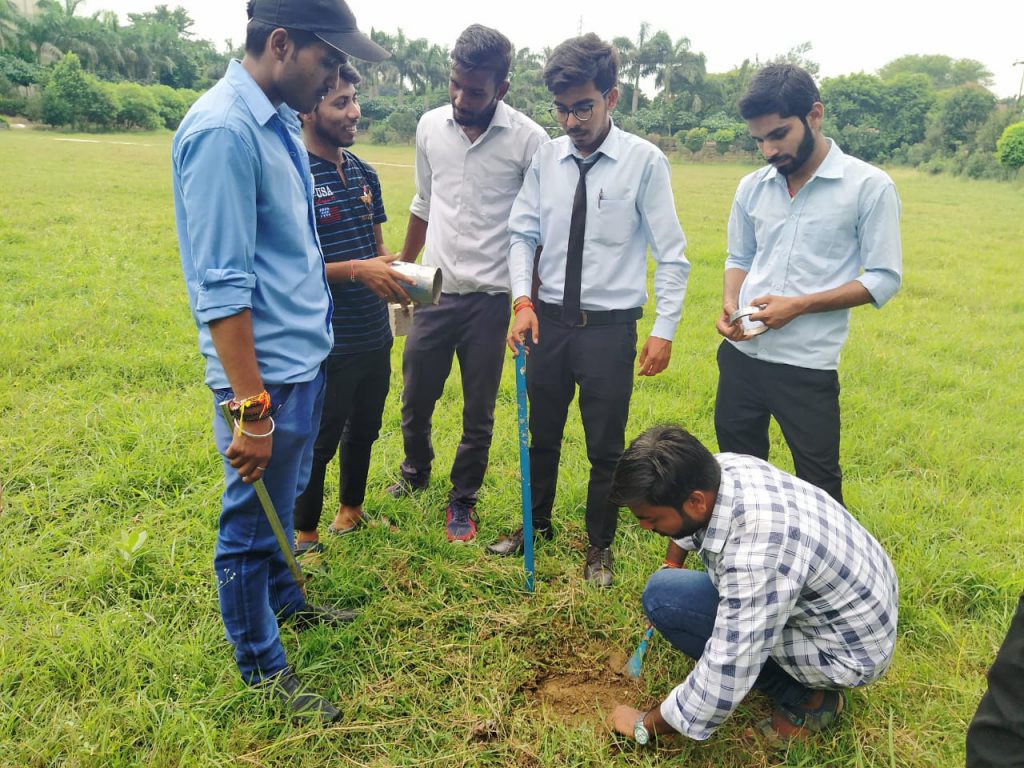
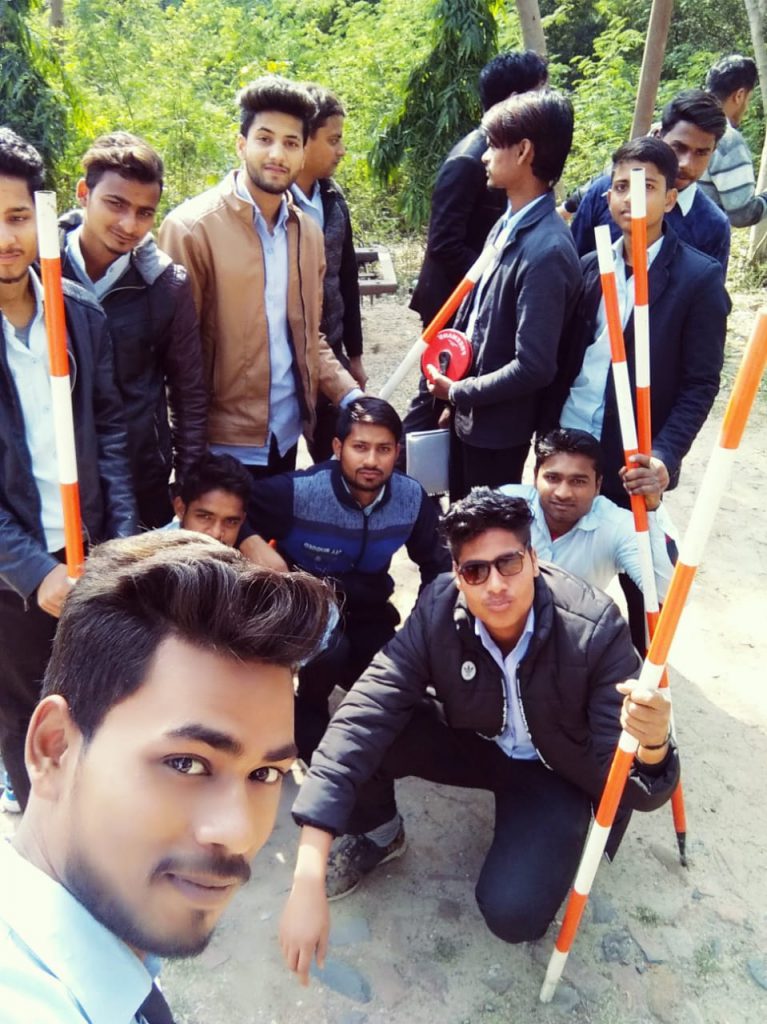
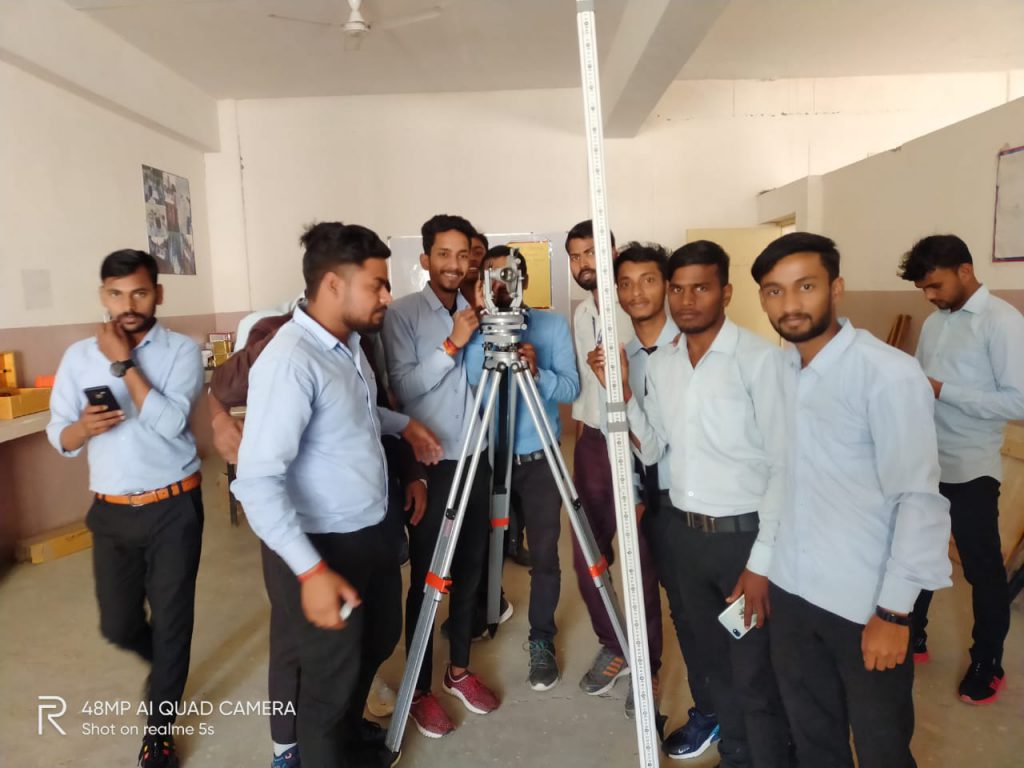
Theodolite Survey 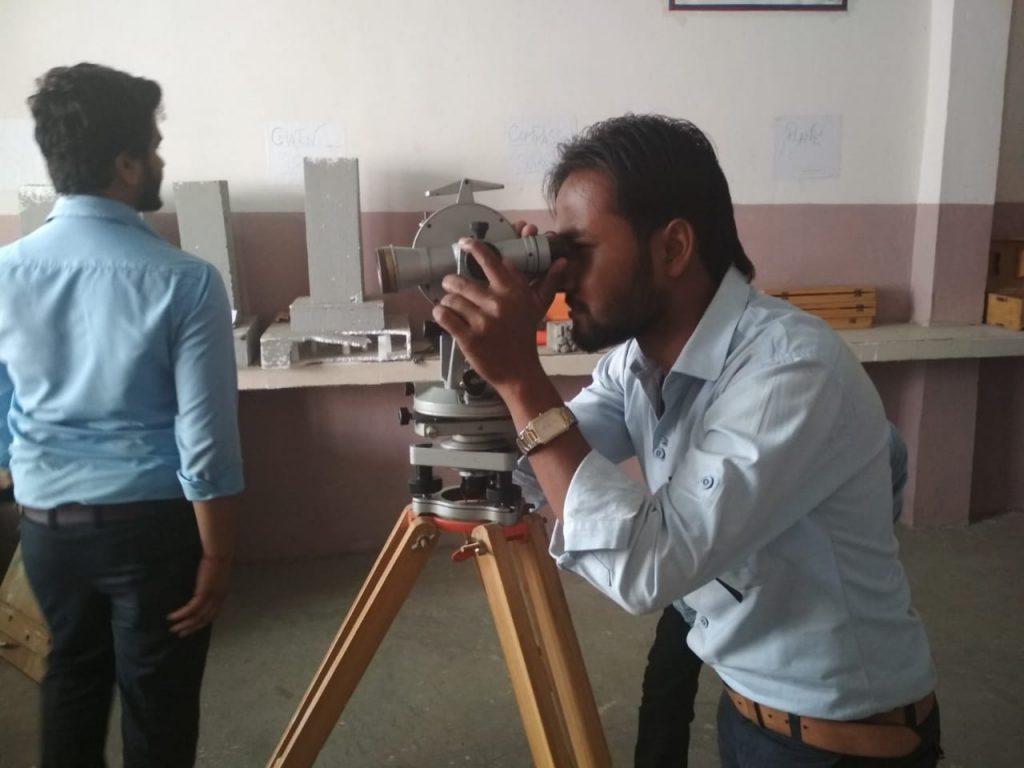
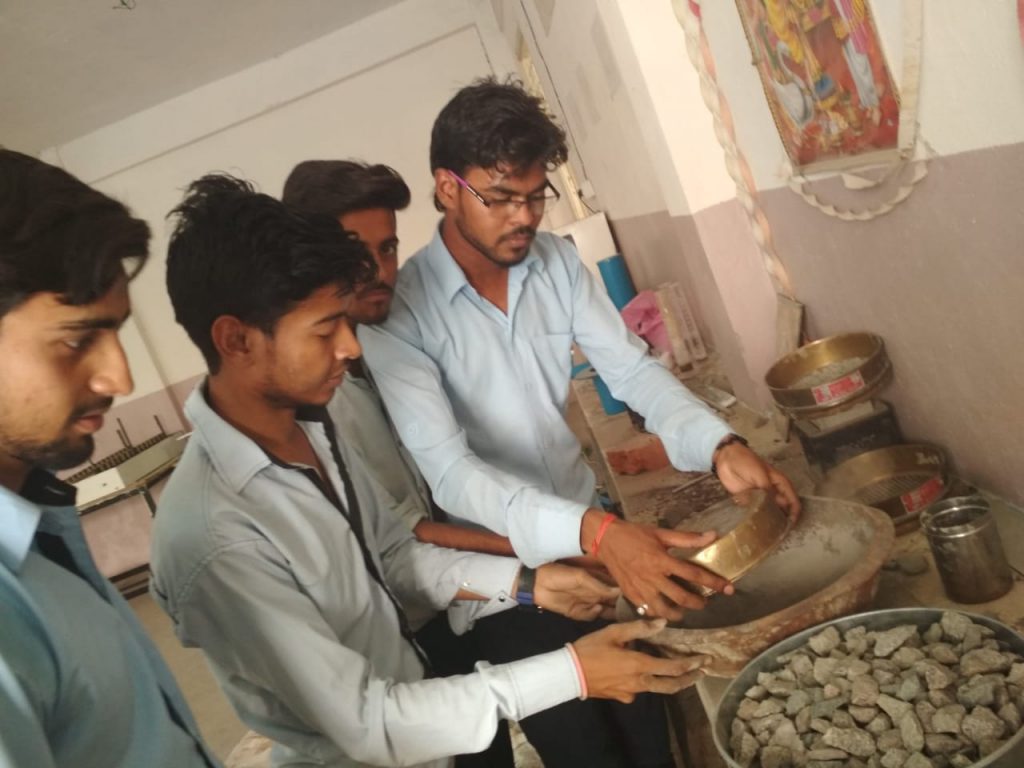
SIEVE Analysis Lab 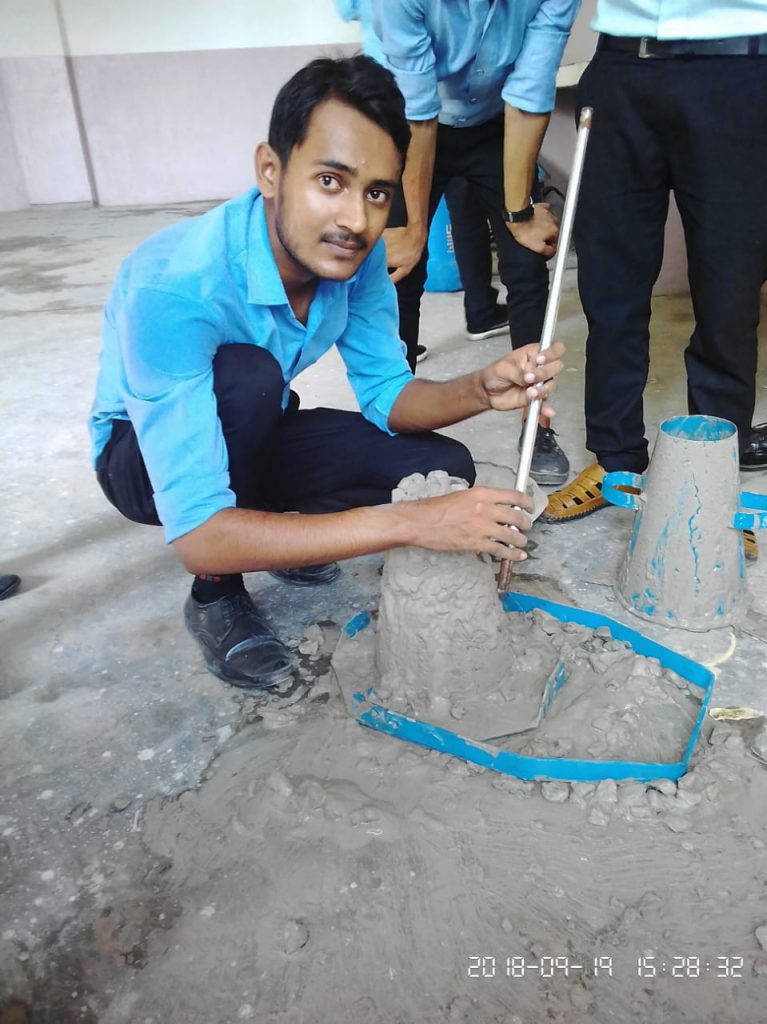
BMC Lab
